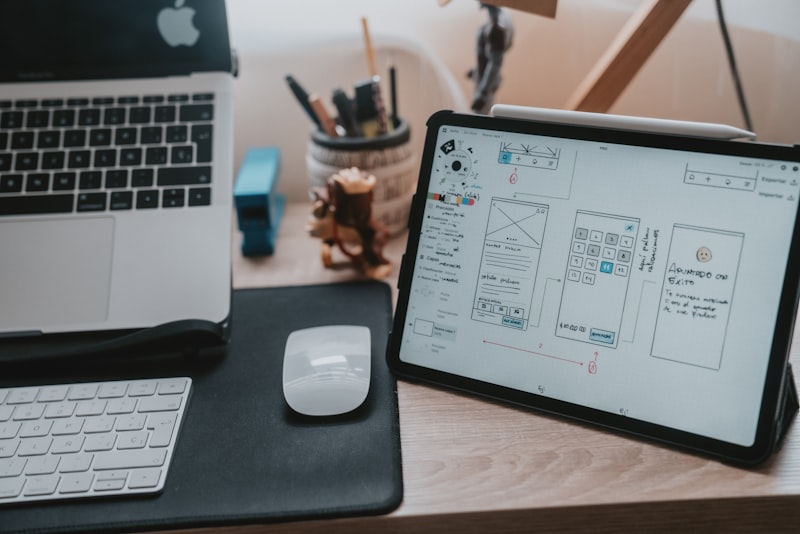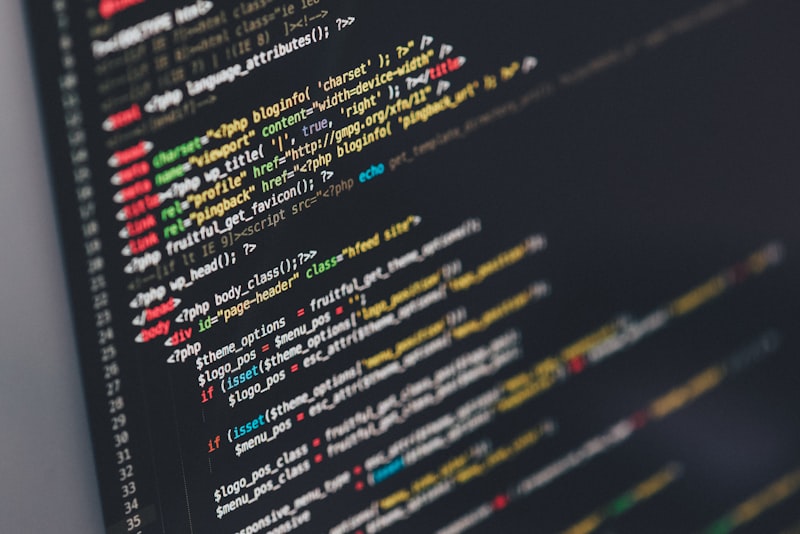User experience design has never been more critical to business success than it is today. As we navigate through 2025, the digital landscape continues to evolve at breakneck speed, driven by emerging technologies, changing user behaviors, and heightened expectations for seamless, intuitive interactions. What started as a nice-to-have discipline has become the cornerstone of digital product development, with UX design directly impacting everything from user retention to revenue generation.
The stakes have never been higher. In a world where users have countless options at their fingertips, the difference between a good and great user experience often determines which products thrive and which fade into obscurity. As we explore the trends shaping UX design in 2025, we're seeing a fascinating convergence of human psychology, cutting-edge technology, and inclusive design principles that's redefining how we create digital experiences.
AI-Driven Personalization: The New Standard
Artificial intelligence has moved beyond being a buzzword to become an integral part of UX design. In 2025, AI-driven personalization is setting new standards for user engagement by creating experiences that adapt in real-time to individual preferences, behaviors, and contexts. This isn't just about showing relevant content—it's about fundamentally reshaping interfaces based on how each user thinks and works.
Modern AI systems can now analyze micro-interactions, scrolling patterns, and even hesitation points to understand user intent better than ever before. This data feeds into dynamic interfaces that reorganize themselves to prioritize the most relevant features for each user, creating what feels like a truly personalized digital environment.
Voice UI and Conversational Interfaces
The rise of voice-activated technology has fundamentally changed how users expect to interact with digital products. Voice UI design in 2025 goes far beyond simple voice commands—we're seeing sophisticated conversational interfaces that can understand context, maintain dialogue state, and provide nuanced responses that feel natural and helpful.
Key considerations for voice UI design include:
- Contextual awareness and memory retention across conversations
- Multi-modal interactions combining voice, visual, and haptic feedback
- Accessibility improvements for users with visual or motor impairments
- Privacy-first approaches to voice data handling and processing
- Cultural and linguistic adaptability for global audiences
Microinteractions: The Devil in the Details
While big design decisions grab attention, it's often the subtle microinteractions that make or break a user experience. In 2025, designers are paying unprecedented attention to these small moments—the way a button responds to touch, how loading states provide feedback, or the satisfaction of completing a task through delightful animations.
These seemingly minor details create emotional connections between users and products. A well-crafted microinteraction can transform a mundane task into a moment of joy, building the kind of user loyalty that translates directly to business value.
"Great UX design in 2025 isn't about following trends—it's about understanding human needs and leveraging technology to meet them in ways that feel effortless and meaningful."
Inclusive Design: Beyond Compliance
Accessibility in UX design has evolved from a compliance checkbox to a fundamental design principle that benefits all users. Inclusive design in 2025 recognizes that accessibility features often become popular among the broader user base—think about how closed captions became widely used by people watching videos in noisy environments, or how voice commands help busy users multitask.
This year's inclusive design trends focus on cognitive accessibility, recognizing that users have different ways of processing information. Designers are creating flexible interfaces that can be customized for various cognitive needs, from ADHD-friendly layouts that reduce visual clutter to memory-assisted navigation that helps users with cognitive impairments.
Real-World Applications and Impact
These trends aren't just theoretical concepts—they're being implemented by forward-thinking companies with measurable results. Streaming platforms are using AI personalization to reduce decision fatigue and increase viewing time. E-commerce sites are implementing voice search to help users find products more naturally. Financial apps are using inclusive design principles to make complex financial concepts accessible to users with varying levels of financial literacy.
The most successful implementations combine multiple trends strategically. For example, a fitness app might use AI to personalize workout recommendations, voice UI for hands-free interaction during exercise, thoughtful microinteractions to celebrate achievements, and inclusive design to accommodate users with different physical abilities.
Looking Forward: The Future of UX
As we look toward the latter half of 2025 and beyond, several emerging trends are worth watching. Augmented reality interfaces are becoming more sophisticated, offering new ways to blend digital information with physical environments. Emotional AI is beginning to recognize and respond to user emotions, potentially revolutionizing how we design for mental health and wellbeing applications.
Perhaps most importantly, there's a growing emphasis on ethical design practices. UX designers are increasingly considering the long-term impact of their design decisions on user behavior and society as a whole. This includes designing for digital wellness, respecting user attention and time, and creating products that enhance rather than exploit human psychology.
The future of UX design lies not in any single trend, but in the thoughtful integration of human-centered design principles with emerging technologies. As designers, our role is to be thoughtful curators of these trends, selecting and combining approaches that genuinely serve user needs while creating sustainable business value. The most successful UX designs of 2025 will be those that feel both innovative and familiar, surprising and intuitive, sophisticated yet simple.




